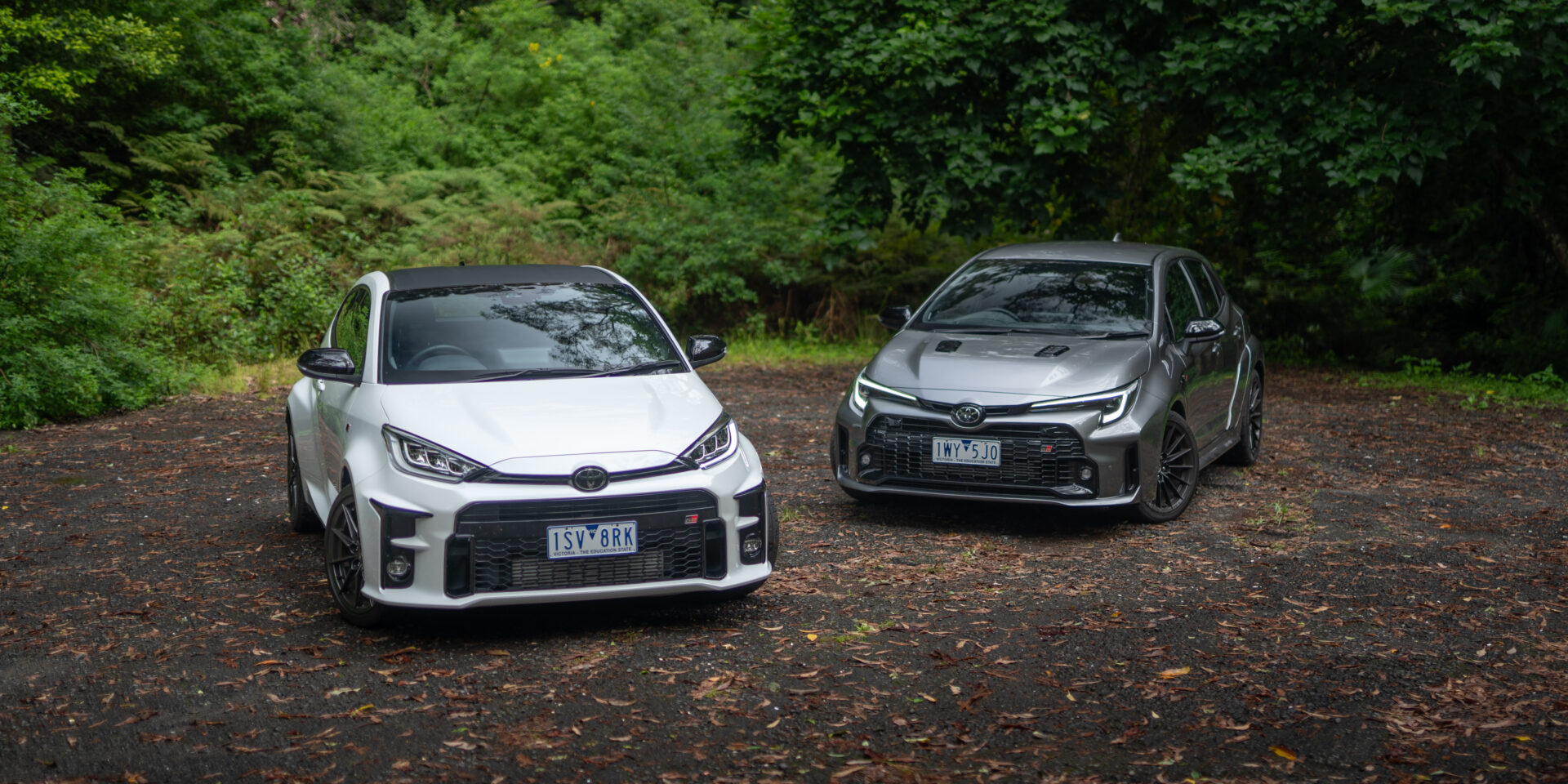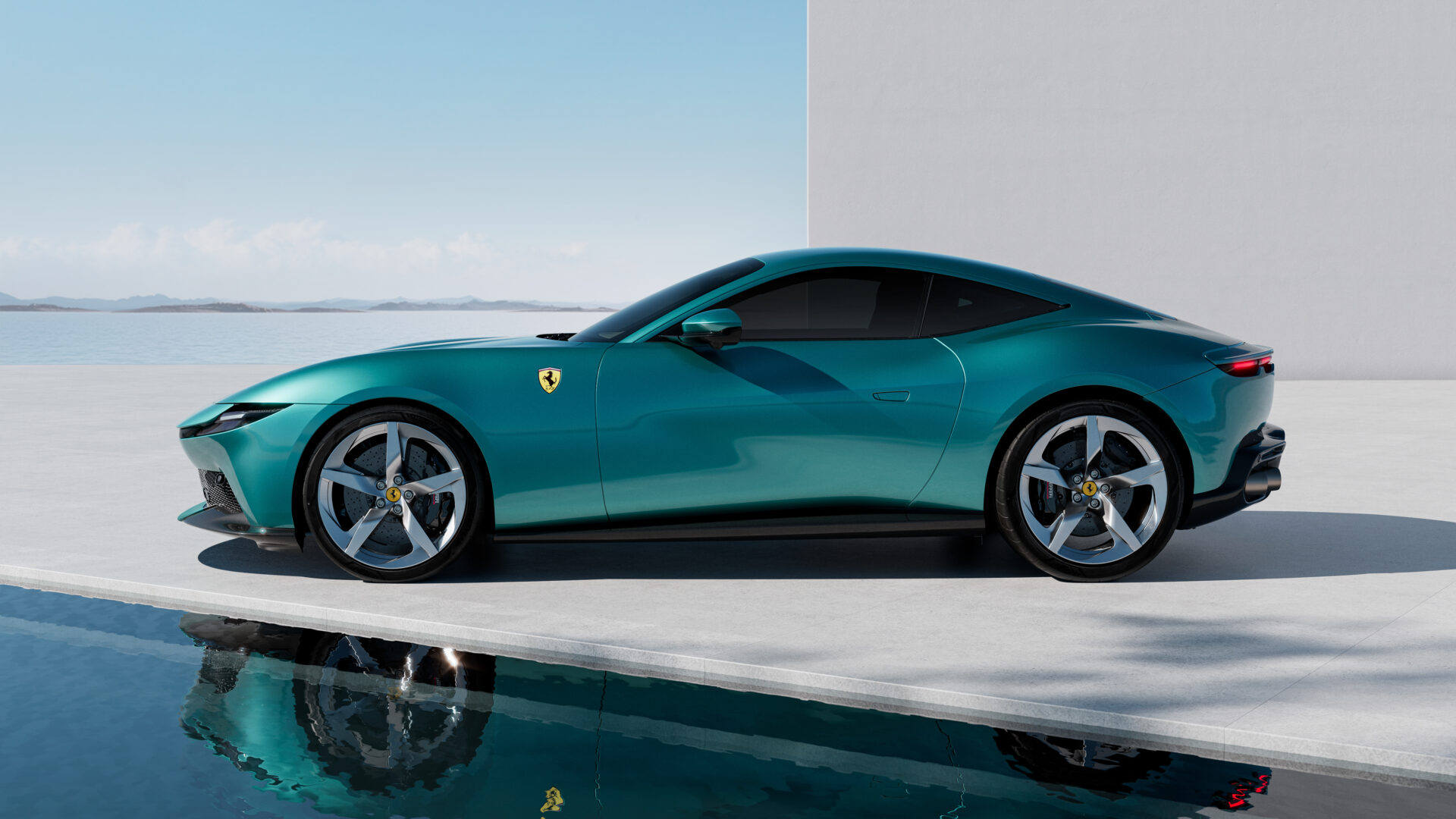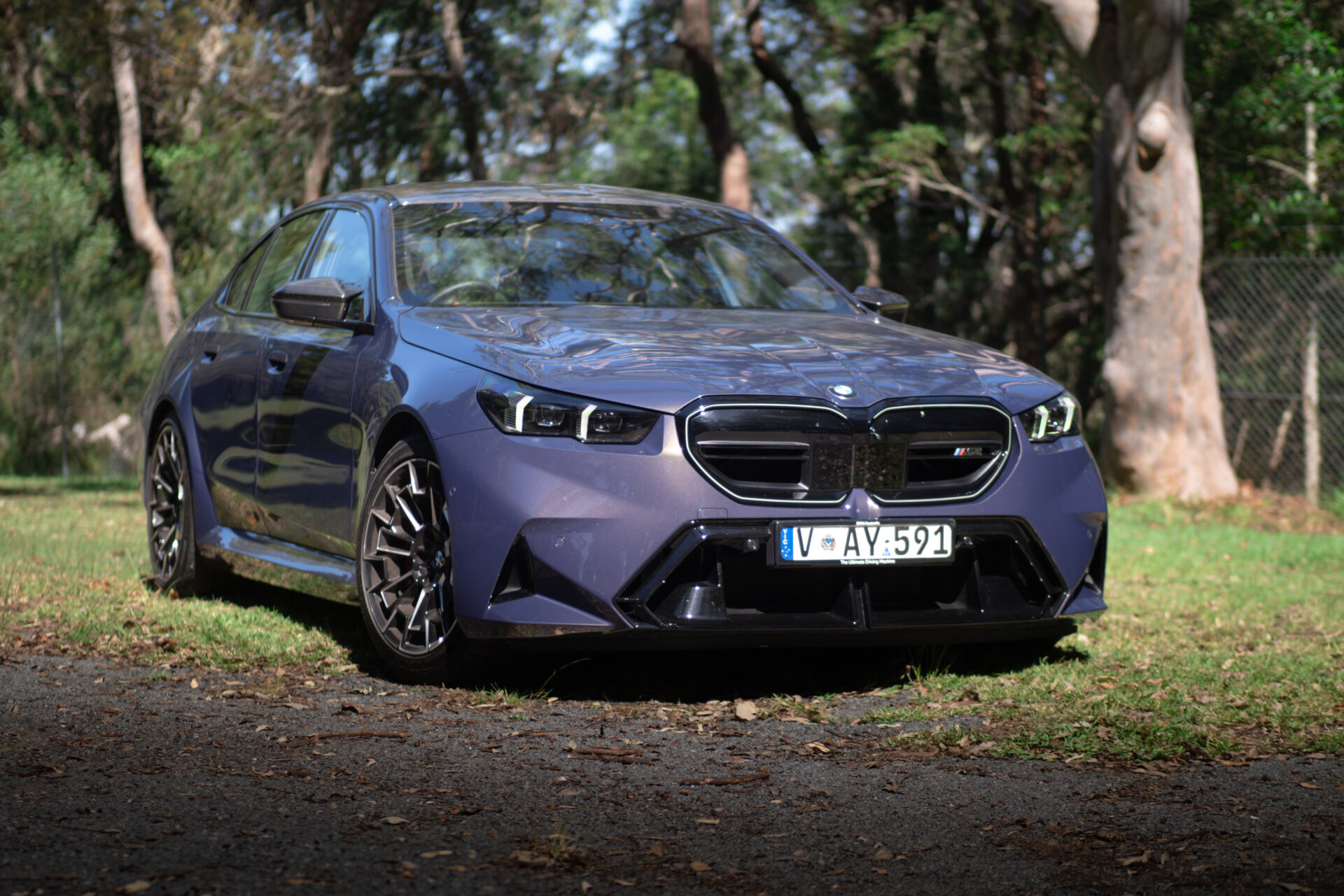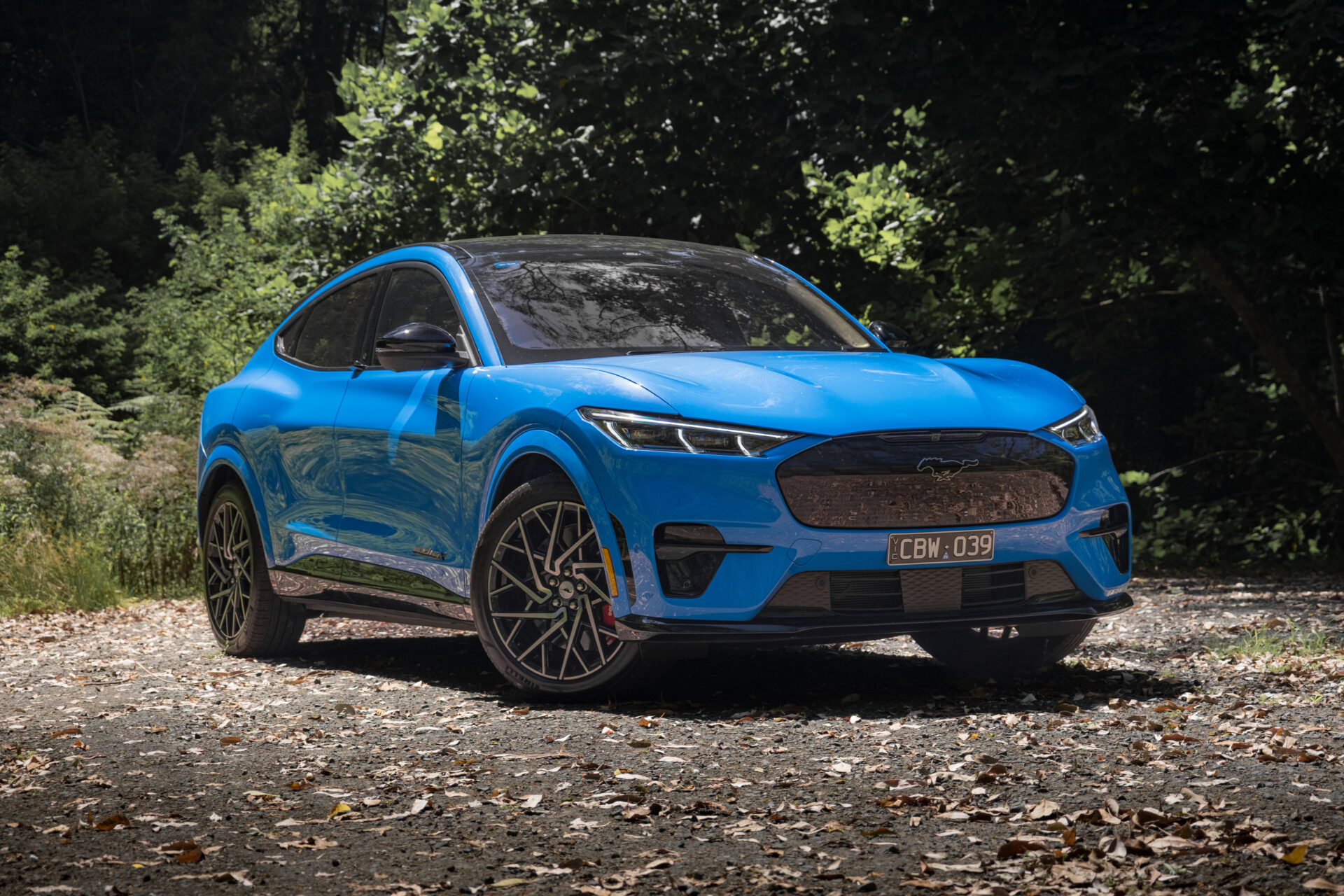The Audi R8 RWS was by far my favourite of the R8 range and it seems a lot of people agreed. It’s back as the R8 RWD and I couldn’t be happier.
Audi’s R8 has found a very special place in my heart as it’s the supercar I reckon I could actually own. If I ever had properly dumb money, I would think very seriously about dropping $300,000 of it on an R8.
It would be a very specific R8, though. While I am very, very fond of the quattro version – and in its second generation, it used to be the supercar I could own – the R8 RWS really woke me up.
Following a mid-life facelift and recent release to the Australian market, I had the huge privilege of taking the R8 RWD as it is now known for a quick drive in the country. Around some good bends.
How much is a 2020 Audi R8 RWD and what do I get?

2020 Audi R8 Coupe RWD: $295,000 + ORC
2020 Audi R8 Spyder RWD: $316,500 +ORC
2020 Audi R8 Coupe performance quattro: $395,000 +ORC
When you really think about it, the Audi R8 RWD is astonishingly well-priced. The closes thing you can get to this car is a McLaren 540C which is substantially more expensive at $350,000+ and doesn’t even have Apple CarPlay. So while $295,000 is a flipping great wodge of cash, it’s a proper mid-engined supercar for under $300,000.
Spec-wise, it’s a step up from the RWS which was a bit stripped-out as a 1 of 300 special edition. You get Nappa leather with diamond pattern stitching, 20-inch cast aluminium wheels, cruise control, LED interior lighting, front and rear parking sensors, laser LED headlights (these are spectacular), auto headlights and wipers, heated seats, keyless entry and start, 12.3-inch Virtual Cockpit, air-conditioning, wireless phone charging,
Audi’s MMI comes with Apple CarPlay and Android Auto (both via USB) and DAB+ radio. Obviously it comes up in the dash as there isn’t a separate central screen. Somehow the cabin is packed with 13 B&O-branded speakers and 550W amp. I don’t remember a supercar with that good a system as standard. Which I’ve always found a trifle odd given the money folks spend on these beasts and generally are speaker bores (in my experience).
Carbon ceramic brakes are optional at a whopping $21,400 with a choice of red or blue calipers and are the same as those on the quattro performance.
Look and feel

The R8’s facelift is quite tame but has added a bit more grr to the car’s appearance. One of the most appealing things about the R8 is that it isn’t overtly supercar-ey, which is one of the reasons I feel I could own one. Take it anywhere, park it anywhere, you don’t need a lift kit stop it scraping the front splitter. From the rear it’s close to anonymous, but I’m alright with that.
The new front end us slightly wider looking, with new grille and brake ducts along with a couple of aero parts. I’m almost not on board with the 20s because I liked the smaller wheels/higher tyre aspect of the RWS, but that’s just me hankering for the McLaren F1 look.

The cabin is largely unchanged, which is no bad thing. The RWD now has a full leather interior rather than the more plastic iteration of the older car in this spec. As I said, that didn’t really bother me, but this feels a bit richer and more appropriate to the price point.
The Virtual Cockpit has had an update too, but it’s lovely, clean minimalist interior that once again adds weight as to why this is the kind of car I could own. And it’s got a Big Red Button for the starter.
Chassis

As we all know, the R8 road car is a good chunk of the race car underneath, but obviously things depart when it comes to, you know, ride and handling.
Here in the RWD we have a traditional spring and damper setup, no doubt with a few tweaks for the update. Audi saved the magnetic ride for the quattro performance spec, which also has things like a CFRP reinforced front anti-roll bar. It also has fixed ratio steering (which I prefer, but it’s a less contentious issue these days), with the only chassis option being the carbon ceramic brakes.
The standard brakes are those lovely crinkle cut steel brakes with eight-piston calipers up front and four at the rear.
The 20-inch wheels are wrapped in Michelin Pilot Sport 4S rubber with 245/30s up front and 305/30s at the rear. I often wonder what rubber like that costs, and it turns out the fronts are an almost-reasonable $450 per corner and around $600 each for the rear.
The aero is a bit cleaner with the new front bumper and the rear retractable wing is also still with us.
Audi claims a kerb weight of 1595kg for both the RWD and quattro performance coupes, but I wonder if that is, shall we say, overstated for the RWD. The quattro performance adds a front diff and the associated shafts and bits to get the power to the front wheels, but it has more stuff and only has a couple of obvious weight-saving measure, like the anti-roll bar.
Drivetrain

My favourite engine currently in production is rammed nice and close to your spine. The 5.2-litre V10 FSI develops 397kW at 7800rpm and 540Nm at 6500rpm. The seven-speed twin-clutch (also almost definitely tweaked) drives the rear wheels only.
All that power delivers a 0-100km/h time of 3.7 seconds and that’s probably a couple of tenths off the same car with all-wheel drive and half a second down on the 449kW/560Nm quattro performance.
Top speed is an impressive 324km/h.
The engine is beautifully presented and unlike its nearest non-VW Group competitor, you can actually see the damn thing. In the coupe at least – you can’t see it in the Spyder.
Driving

Oh, my. I am not afraid to admit that driving this car is quite emotional for me. I’m a long-term V10 fan – F1 “in my day” was V10s, I owned an E60 BMW M5 V10 and I just love this configuration.
The best car I’ve ever driven, the Lamborghini Huracan Performante, is a turned-up version of this engine. But I couldn’t own that car, and most of us can’t because it’s more than twice the price of the R8 RWD and looks ridiculous.
The R8 RWD version isn’t in a different league to the quattro, it isn’t a different car. What I really like about it is that it feels like much more of a fast road car than one you yearn to take on the track.
A rear-wheel drive mid-engine supercar – like its English and Italian rivals – is a thing of beauty. The R8 is light on it’s feet and the lighter front end is even more keen to go where you point it.
Obviously, if you were keen enough to switch off the stability systems, you’d be able to steer more with the rears than you can with the quattro. That’s not my bag on a road drive like this, but as I discovered at the Bend a while back, you can drift them both in the right conditions.
Watch me drift an R8 quattro on a skidpan.
The R8 RWD just has that little bit more movement and playfulness – and without the magnetic ride and active steering – purity compare to the quattro performance model.
And that’s good because the R8 is playing to two similar-but-different crowds.
Rear-wheel drive
What’s great about the R8 RWD is the way it attacks corners. The steering is just lovely, with lots of feel but not too weighty and with what I consider to be the perfect ratio.
The throttle response of the V10, allied with the ever so slightly more responsive front end means you can power into out of corners with a glorious V10 wail and a bit of a waggle, even in dynamic mode.
On the road, the steel brakes are just fine, with plenty of feel and immense stopping power from the pedal. So better than just fine, they’re epic and also do without the noise of the carbon ceramics. Which aren’t hugely noisy, but they’re noisier.
The thing about the R8 is how it makes you feel – you can get in and drive it down the road with the V10 rumbling away and you’ll smile. You can get out of it after a long, hard, windows-down run where the V10 made the hairs on the back of your neck stand up. Neither trip will leave any aches or pains and you’ll smile. You’ll see it in your garage and smile.
The RWD will make you smile, too, because it’s more fun, a bit more agile and puts your right foot in more control. That’s what I like about it and it doesn’t make it any better or worse than the quattro, but it plays to that slightly different crowd.
Competition

If you look purely at price, the only thing that gets anywhere near this car is the Jaguar F-Type SVR, which you can’t buy anymore.
As I’ve already mentioned, you can get a McLaren 540C for about fifty grand more and it has the same vibe – detuned engine, steel brakes, it’s the best fast road car in the McLaren range because it doesn’t have track pretensions.
The Ferrari Portofino is the starter car at Ferrari, and is more sports car than supercar. The F8 Tributo, replacing the 488 is a substantially more expensive car at nearly half a million dollars and has a lot more power and torque but far less utility. And not as many delicious revs.
The Mercedes GT range starts at around $320,000 with a lovely 4.0-litre twin-turbo V8 that has the R8 on power and torque but not on weight or mid-engineness.
BMW hasn’t got anything up here in the stratosphere since the death of the wonderful i8.
Redline Recommendation

Naturally-aspirated V10 – check.
Rear-wheel drive – check.
Attention-grabbing – negative.
These are all great things. I think saving $80,000 (or $60,000 if you want the big brakes) and getting that slightly purer, more traditional supercar experience is a win-win situation to start with.
But to own something this amazing with a proper dealer network behind it, a proper warranty (even if it’s too short) and a reputation for genuine reliability inside and out, it’s as bulletproof as a supercar ownership experience can be.





Leave a Reply